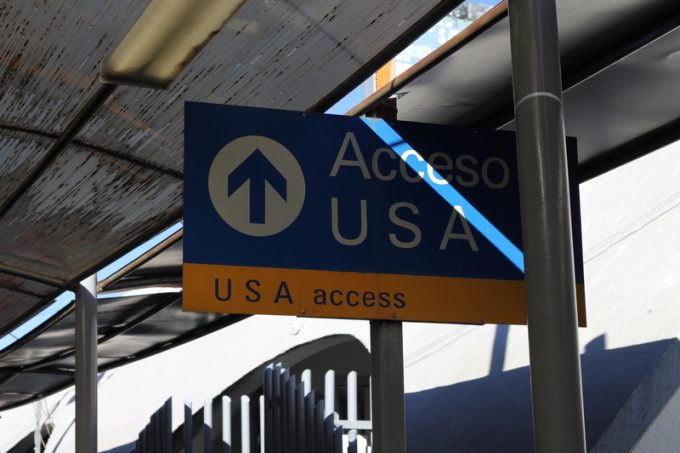Cooling demand increases warehousing vacancies, with rents inching down
Cooling demand has ended the long run of increasing warehousing costs and nudged the average ...

Disruptions at US-Mexico rail crossings have been a growing headache for cargo owners and their logistics providers in recent months and, increasingly, firms are looking for alternatives to avoid their freight getting stuck at the border.
Indeed, major logistics provider CH Robinson has re-routed some rail traffic via other border points, some has transferred to trucks and some has been flown to US destinations.
The latest disruption struck on 18 December, when the US Customs & Border Protection (CBP) agency closed rail crossings at Eagle Pass and Laredo in Texas as inspectors were shifted to immigration processing in response to reports of elevated numbers of migrants headed for the border.
The crossings remained closed until 26 December and, inevitably, it took a few days to work through the delays and get schedules back to normal. Between them Union Pacific and Burlington Northern Santa normally slot 24 trains a day through these crossings.
The Association of American Railroads criticised the closures. CEO Ian Jefferies said: “In the face of the unprecedented humanitarian crisis, CBP has been working under exceptionally difficult circumstances, but these ill-advised closures were a blunt force tool that did nothing to bolster law enforcement capacity.”
The US National Feed & Grain Association and North American Export Grain Association also raised their voices in a joint statement urging both national governments to avoid a repeat of the closures.
But, hopes for a speedy resolution of the problems would be vastly optimistic.
Trucking has also seen disruptions, which were exacerbated in some instances by truck inspections by the Texas Department of Public Safety on the orders of the state governor.
Increasingly, shippers are calling on their logistics providers to prepare contingency plans or examine permanent alternative routings.
The wave of factory openings in Mexico caused by near-shoring augurs a rising tide of exports to the US meeting limited trucking and border processing capacity, which will likely result in longer transit times and elevated costs.
Some consultants have raised the option of bypassing the land border by putting cargo on ships moving across the Gulf of Mexico, arguing that this may work well for certain commodities and routes.
Paul Brashier, VP drayage and intermodal at ITS Logistics, has also heard of such plans, and he said this could also go some way towards shippers’ carbon footprint targets, adding: “From a sustainability standpoint, it’s better to use a combination of water and rail rather than all-rail.”
Meanwhile, on 26 December, a unit of intermodal giant Grupo Mexico Transportes announced the acquisition of a 60% stake in Golfo de Mexico Rail Ferry Holdings and Rail Ferry Vessel Holdings, two companies that offer maritime transport services of rail cars between the US and Mexico.
Comment on this article